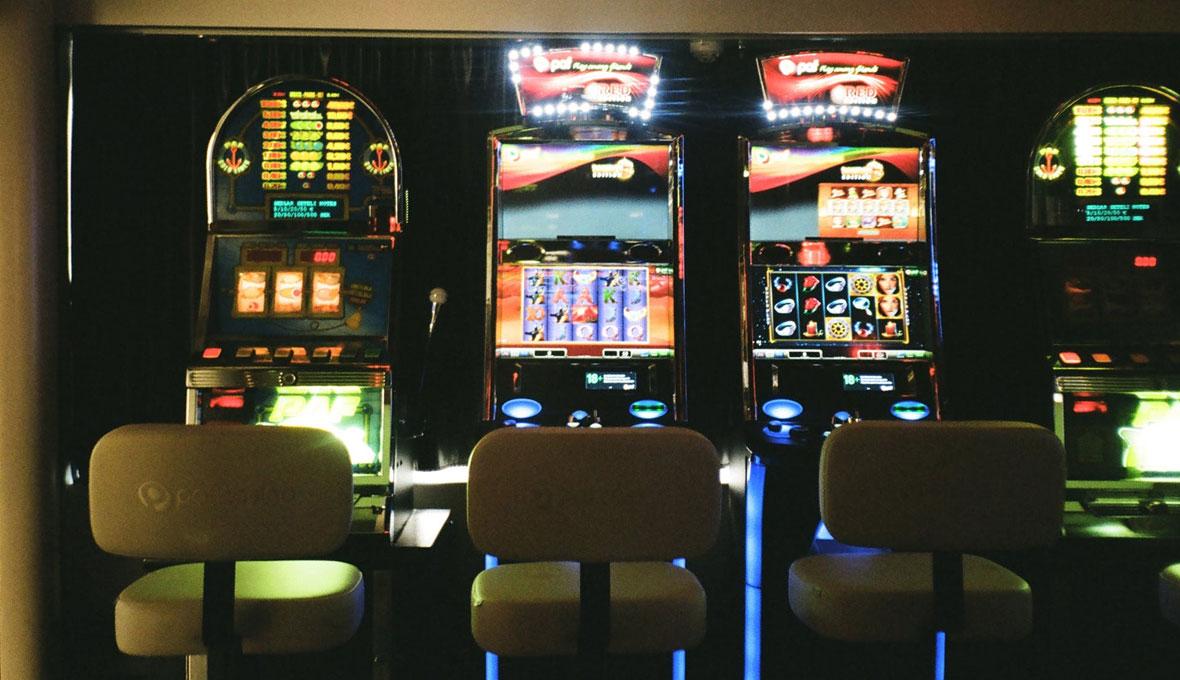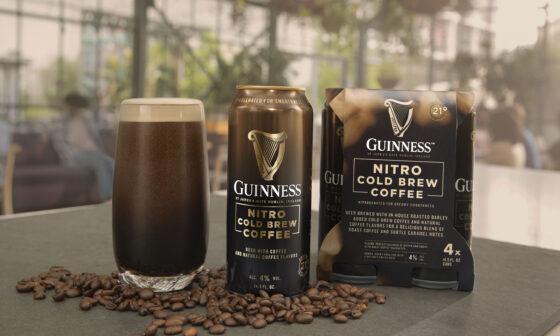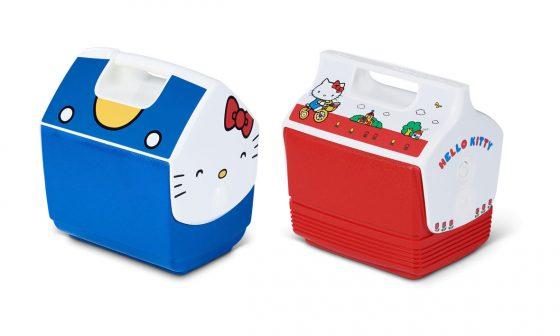Sports card collecting has become a booming hobby, with some cards fetching thousands or even millions of dollars at auctions. Unfortunately, the rise in value has also led to an increase in counterfeit cards entering the market. Whether you’re a seasoned collector or just getting started, knowing how to identify fake sports cards is essential for safeguarding your investment. Here’s a detailed guide to help you spot counterfeits and protect your collection.
Understanding Why Fake Sports Cards Exist
The world of sports cards is full of high stakes. When rare cards can command life-changing amounts, counterfeiters are motivated to create fakes that look convincingly real. Some counterfeiters use advanced printing technology, making it more challenging than ever to distinguish genuine cards from fakes. As a collector, understanding why counterfeits exist and being aware of common tactics used by fraudsters is your first line of defense.
Tip #1: Inspect the Card Quality
High-quality printing is a hallmark of legitimate sports cards. Original cards are typically printed on specific types of cardstock with fine details that counterfeiters often struggle to replicate. Here are some elements to examine:
- Card Stock: Genuine cards use premium cardstock that feels sturdy and doesn’t bend easily. If the card feels thin or flimsy, it could be fake.
- Print Quality: Check for crisp and clean images. Authentic cards have high-definition printing, whereas fakes may look blurry or pixelated. Use a magnifying glass to inspect for fine lines that should be smooth and sharp.
- Color Consistency: Counterfeit cards often have color inconsistencies. Compare the card in question with a verified genuine card to spot any differences.
Resource: The Professional Sports Authenticator (PSA) website provides a wealth of information on recognizing authentic cards, including examples of high-quality printing standards.
Tip #2: Examine the Card’s Edges and Corners
The edges and corners of a sports card can also tell you a lot about its authenticity. Genuine cards are cut cleanly, with uniform edges and sharp corners. In contrast, counterfeit cards may have rough or uneven edges, and the corners might appear rounded or damaged.
- Edge Patterns: Certain sets, like Topps Chrome, have unique edge patterns. If the edges don’t match what’s expected, that could be a red flag.
- Corner Wear: Authentic vintage cards may show natural wear, but brand-new cards should have pristine corners. Be wary if a supposedly modern card has signs of wear that seem unnatural.
Tip #3: Look for Signs of Tampering
Counterfeiters sometimes use existing, low-value cards and alter them to resemble high-value ones. Here are signs to watch for:
- Reprints Passed as Originals: Some counterfeiters will take reprinted cards and try to age them artificially. Check for signs of artificial aging, such as discoloration that seems forced or inconsistent.
- Altered Autographs: Many counterfeit cards include forged autographs. Use resources like Beckett to verify autographs and ensure they match known examples from the player.
Tip #4: Verify the Holograms and Watermarks
Many modern sports cards come with holograms, watermarks, or other security features to prevent counterfeiting. These elements are often very difficult to replicate:
- Holographic Seals: Look for holographic seals that change appearance under different lighting angles. If the hologram appears dull or static, it may be counterfeit.
- Watermarks: Some cards have watermarks visible only under specific lighting conditions. Hold the card up to a light to check for any embedded security features.
Tip #5: Use Authentication Services
If you’re still unsure about a card’s authenticity, professional authentication services can provide peace of mind. Companies like PSA, Beckett, and SGC are trusted names in the industry and offer detailed evaluations. Submitting your card to one of these services can confirm whether it’s real or a fake.
- Grading Companies: When a card is authenticated and graded, it’s encased in a tamper-proof slab with a label detailing its grade. This not only verifies the card’s authenticity but can also increase its resale value.
Resource: Check out the PSA Authentication page for information on how to submit cards for grading.
Tip #6: Stay Informed and Connected
One of the best ways to protect your collection is to stay informed about current trends and counterfeit scams. Joining collector forums and attending sports card conventions can provide valuable insights. Experienced collectors often share updates about common fakes circulating in the market.
- Community Knowledge: Platforms like Blowout Forums are great for learning from other collectors and discussing the latest counterfeiting methods.
Safeguard Your Collection
Spotting fake sports cards requires attention to detail, knowledge of card manufacturing processes, and the willingness to ask questions. As counterfeiting techniques become more sophisticated, staying vigilant is more important than ever. By learning these tips and staying connected with the collector community, you can keep your collection safe and enjoy the thrill of collecting with confidence.






